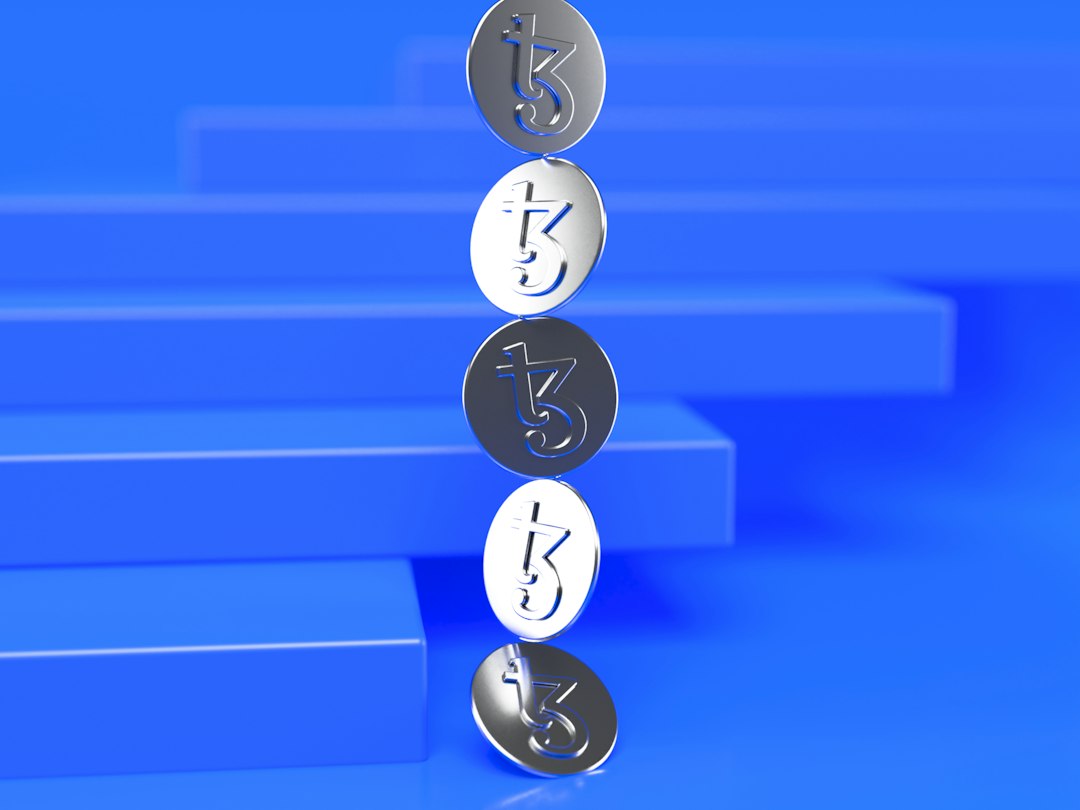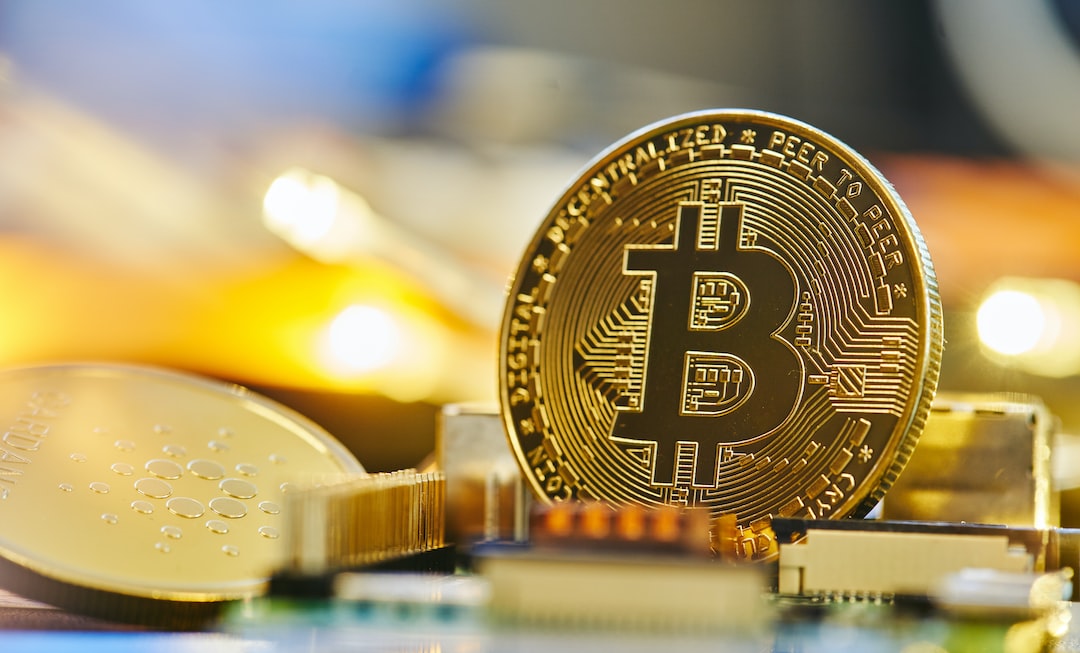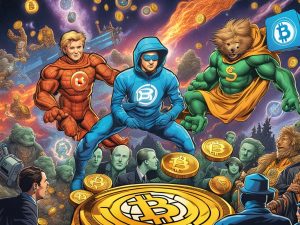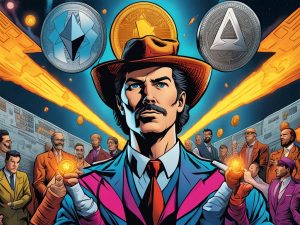Understanding Coin Burn: A Vital Feature of Blockchain Technology
If you’re new to the world of cryptocurrency, you may have come across the term “coin burn” and wondered what it means. Coin burn is a crucial feature of blockchain technology that has significant implications for the value and supply of a cryptocurrency. In this article, we’ll take a closer look at what coin burn is, why it’s important, and how it can impact your investment in cryptocurrencies.
What is Coin Burn?
At its core, coin burn refers to the permanent removal of a certain number of coins or tokens from circulation. This process is usually carried out by the creators or developers of a cryptocurrency in order to reduce the total supply of coins available in the market. By reducing the supply, coin burn can potentially increase the value of each remaining coin.
When a cryptocurrency undergoes a coin burn, the coins that are removed from circulation are typically sent to an address where they cannot be spent or accessed. This ensures that the coins are effectively taken out of circulation and cannot be reintroduced into the market at a later date.
Why is Coin Burn Important?
Coin burn serves several important purposes within the world of cryptocurrency. Firstly, it can help to create scarcity and increase demand for a particular cryptocurrency. When the total supply of coins is reduced through coin burn, each remaining coin becomes more valuable, leading to potential price appreciation.
Furthermore, coin burn can also be used as a mechanism to reward existing holders of a cryptocurrency. By reducing the overall supply, those who hold onto their coins may see an increase in their holdings’ value over time. This can incentivize long-term investment in a project and create a loyal community of supporters.
How Does Coin Burn Impact Cryptocurrency Prices?
One of the most significant effects of coin burn is its potential impact on cryptocurrency prices. When a cryptocurrency undergoes a coin burn, it can lead to increased scarcity and reduced supply, which may drive up demand for the remaining coins. As demand increases and supply decreases, the price of the cryptocurrency can rise.
Investors often pay close attention to announcements of upcoming coin burns as they anticipate potential price appreciation following the reduction in supply. However, it’s essential to note that not all coin burns will result in immediate price increases, as market conditions and investor sentiment also play crucial roles in determining price movements.
Common Methods of Coin Burn
There are several methods through which coin burn can be implemented by cryptocurrency projects:
- Proof-of-Burn: In this method, participants send their coins to an unspendable address as proof that they have burned them. This demonstrates commitment to reducing the total supply.
- Burn Events: Some projects may conduct scheduled events where a specific number of coins are intentionally burned in front of their community as a transparent demonstration.
- Burnt Fees: Certain cryptocurrencies may use transaction fees collected on their network to periodically buy back and burn their native tokens, effectively reducing the circulating supply.
The Risks and Considerations
While coin burn can have positive implications for a cryptocurrency’s value and scarcity, it’s important to consider potential risks associated with this process. For instance, if not executed thoughtfully, excessive coin burns could lead to reduced liquidity and hinder adoption as users may find it difficult to acquire or use the currency.
Furthermore, some critics argue that coin burns may serve as short-term tactics to artificially inflate prices rather than addressing fundamental issues within a project. As an investor, it’s crucial to carefully evaluate how different projects approach coin burns and consider their long-term sustainability and growth prospects.
Symbols & Acronyms
- Cryptocurrency (Crypto): Digital or virtual currencies that use cryptography for security and operate independently from traditional financial institutions.
- Coin Burn: The process of permanently removing coins from circulation in order to reduce total supply and potentially increase value per remaining coin.
- HODL: A misspelling-turned-acronym for “hold on for dear life,” indicating long-term holding of cryptocurrencies despite market fluctuations.
- FUD: Fear, Uncertainty, Doubt – often used in discussions regarding negative sentiments or misinformation about cryptocurrencies.
Frequently Asked Questions (FAQs)
Q: Can I participate in a coin burn event?
A: In most cases, participation in a scheduled coin burn event involves sending your tokens to an address specified by the project team. However, it’s important to follow official instructions provided by the project to ensure your participation is valid.
Q: How does coin burn affect my investment strategy?
A: Coin burn can impact your investment strategy by potentially increasing scarcity and value per remaining token. It’s essential to consider how different projects implement coin burns and assess their long-term viability.
Q: Are all cryptocurrencies subject to coin burns?
A: No, not all cryptocurrencies undergo coin burns. The decision to conduct a coin burn is typically made by project teams based on various factors such as token economics and community engagement.
By understanding the concept of coin burn and its implications for cryptocurrency markets, you can make more informed decisions about your investments in this rapidly evolving space. Whether you’re considering participating in projects with planned token burns or simply staying updated on industry developments, being aware of this vital feature can help you navigate the crypto landscape with confidence.
Remember – while studying these concepts is essential for informed decision-making when investing in digital assets such as cryptocurrencies – always make sure you research thoroughly before making any financial decisions.





 By
By
 By
By
 By
By
 By
By
 By
By